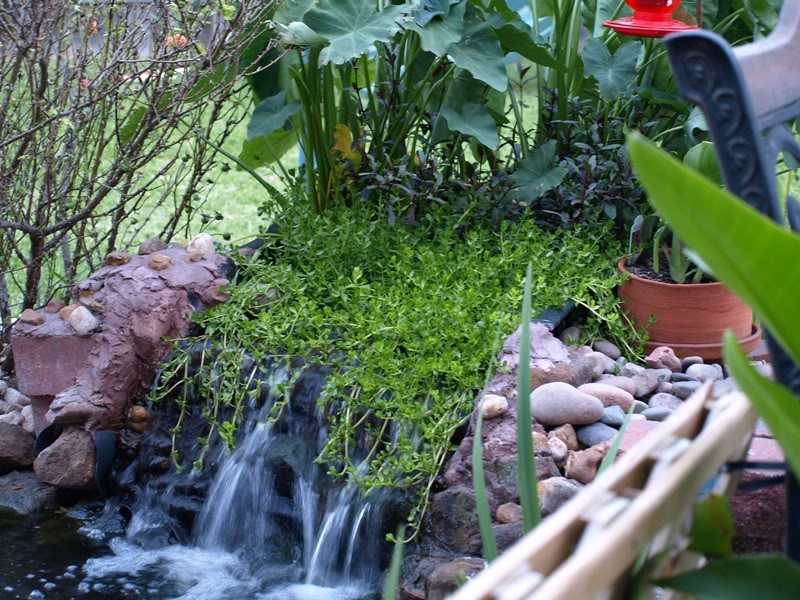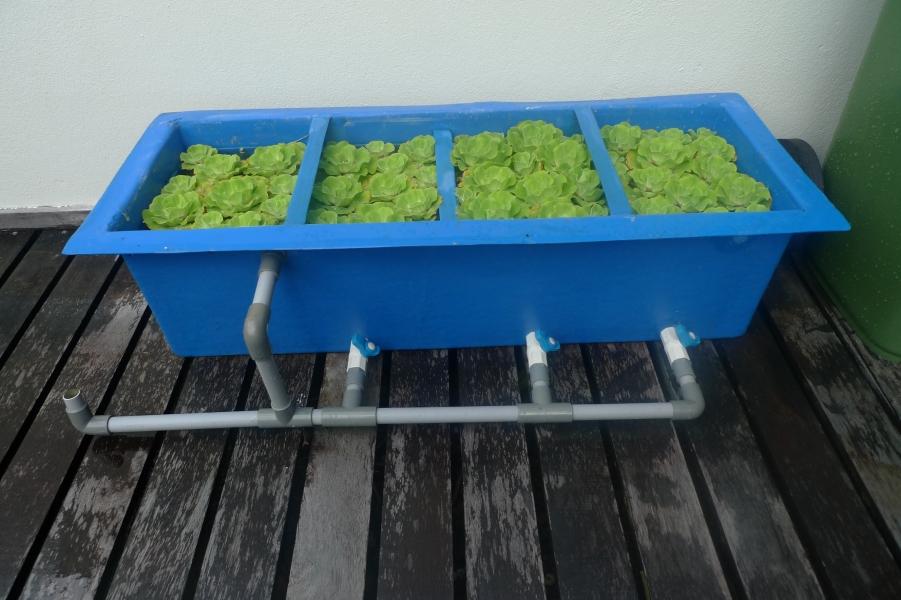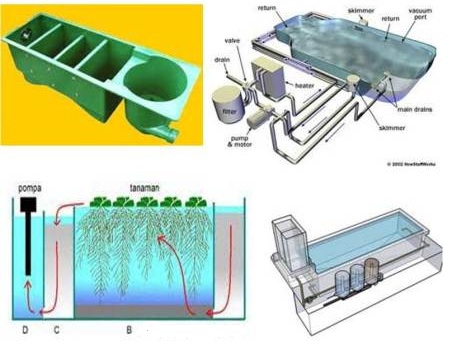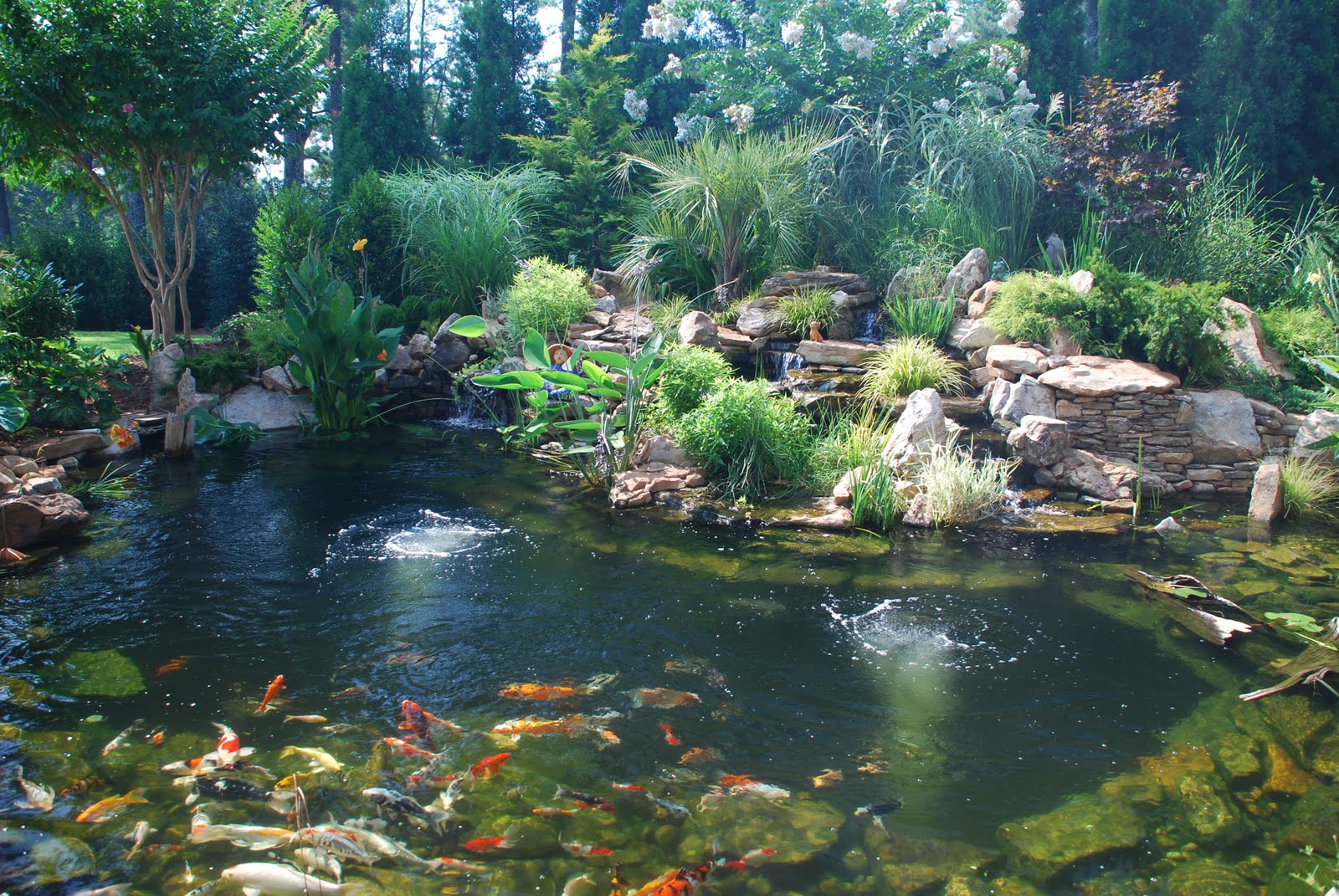
Ultimate Guide to Koi Pond Bio Filter System: The Key to Crystal Clear Water
Introduction
Creating a stunning koi pond requires more than just beautiful fish and a serene environment. To maintain a healthy ecosystem for your koi, one of the crucial elements is a reliable and efficient bio filter system. This comprehensive guide will walk you through everything you need to know about koi pond bio filter systems and how they can help you achieve crystal clear water in your pond.
What is a Koi Pond Bio Filter System?
A koi pond bio filter system is a water filtering system specifically designed for koi ponds. It uses naturally occurring beneficial bacteria to break down harmful waste compounds, such as ammonia and nitrites, produced by koi fish. The system works by circulating water through a media chamber, where the beneficial bacteria colonize and act as a biological filter, effectively removing toxins from the water.
Importance of a Bio Filter System for Koi Ponds
Maintaining excellent water quality is crucial for the health and well-being of your koi. A bio filter system plays a vital role in achieving and maintaining optimal water conditions in your pond. Here are a few reasons why a bio filter system is essential:
-
- Waste removal: Koi produce a significant amount of waste, mainly in the form of ammonia. A bio filter system removes harmful compounds, effectively preventing water pollution.
-
- Nitrogen cycle: The beneficial bacteria in the bio filter system break down ammonia into nitrites and further convert nitrites into less harmful nitrates, completing the nitrogen cycle and creating a healthier environment for your koi.
-
- Oxygenation: A bio filter system promotes water oxygenation, ensuring sufficient oxygen levels for the koi to thrive.
-
- Algae control: By removing excessive nutrients from the water through the filtration process, a bio filter system helps inhibit algae growth, keeping the pond clean and visually appealing.
-
- Enhances fish immune system: Optimal water quality achieved by a bio filter system reduces stress on the koi, making them less susceptible to diseases and infections.
Components of a Koi Pond Bio Filter System
A typical koi pond bio filter system consists of several key components that work together to maintain water quality. Understanding these components will help you optimize the performance of your system:
1. Mechanical Filter
The mechanical filter is responsible for removing solid debris such as uneaten fish food and fish waste from the water. It typically consists of a pre-filter, settlement chamber, or sieve that captures larger particles before they enter the bio filter.

2. Biological Filter
The biological filter, also known as the bio filter, is where the magic happens. This filter contains a specific media that promotes the growth of beneficial bacteria. The bacteria colonize the media and break down toxic compounds, ensuring water purity. Common types of bio filter media include plastic beads, bio balls, and porous stones.

3. UV Clarifier
A UV clarifier is an optional component in a koi pond bio filter system. It utilizes ultraviolet light to kill algae and harmful bacteria, effectively preventing green water and maintaining water clarity. However, it’s important to use UV clarifiers in moderation to avoid harming the beneficial bacteria in the bio filter.

Designing and Installing a Koi Pond Bio Filter System
Designing an effective bio filter system requires careful planning and consideration. Here are some essential factors to keep in mind when installing a bio filter system for your koi pond:
1. Proper Sizing
It’s crucial to choose a bio filter system that is appropriately sized for your pond volume and the number of koi fish you have. A system too small for your pond won’t be able to handle the waste load, while an oversized system may prove inefficient and costly. Consult a professional or use online calculators to determine the correct system size.

2. Proper Placement
The placement of your bio filter system is crucial for optimal performance. Ideally, it should be positioned near the pond’s edge, allowing easy access for maintenance and ensuring efficient water circulation. Avoid placing it in direct sunlight to prevent excessive heat buildup that can harm the beneficial bacteria.

3. Plumbing Setup
Proper plumbing setup is essential to ensure efficient water flow through the bio filter system. Use appropriate-sized pipes and fittings to prevent any restrictions that may hinder water circulation. Consider incorporating a bypass valve to divert water flow during maintenance or emergencies.

Maintenance and Troubleshooting
Regular maintenance is crucial to keep your bio filter system functioning optimally. Here are some maintenance tips and potential troubleshooting issues:
1. Cleaning the Mechanical Filter
The mechanical filter requires periodic cleaning to remove debris and prevent clogging. Regularly rinse or backwash the filter media to maintain proper water flow.

2. Monitoring and Maintaining Water Parameters
Regularly test the water parameters, including ammonia, nitrites, and nitrates, to ensure they’re within the optimal range for koi health. Add beneficial bacteria supplements if necessary to maintain appropriate levels.

3. Dealing with Algae Blooms
If your pond experiences algae blooms, consider adjusting the UV clarifier or implementing additional measures such as introducing floating aquatic plants or using natural algaecides that won’t harm the biological filtration process.

Conclusion
Investing in a high-quality koi pond bio filter system is essential for maintaining the water quality necessary for your prized fish to thrive. By implementing the tips and recommendations provided in this guide, you’ll be well on your way to achieving a crystal clear koi pond that will be the envy of all who see it.